The Milk teeth develop in the first year of life. During the growth process, the deciduous teeth are gradually replaced by the permanent ones.
What are milk teeth?

Since the human jaw is small in size in infancy and toddlerhood, initially Milk teeth educated. When they are around six months old, they begin to grow out, mostly in the middle of the central incisors.
As the child grows, the jaw enlarges at the same time, so that the permanent teeth find space in terms of tooth width and root length. The falling out of the milk teeth usually begins in the sixth year of life and is caused by the fact that the permanent teeth develop behind the roots of the milk teeth. This stage of development is known as the mixed dentition.
In the 13th year of life, the deciduous dentition is usually completely replaced by the permanent one. Including the wisdom teeth, which usually erupt from the age of 16, humans have 32 permanent teeth. However, wisdom teeth do not grow out in everyone.
Anatomy & structure
The Milk teeth consists of 20 teeth. Compared to permanent teeth, milk teeth have a thinner enamel layer, which is only one millimeter thick on the chewing surfaces. In addition, the mineralization of the tooth enamel is of lower density.
Deciduous teeth have fine, often curved roots that are dissolved by the permanent teeth during tooth change. The incisors and canines each have one root, while the molars have two in the lower jaw and three in the upper jaw. The pulp of milk teeth is larger than that of permanent teeth.
The larger dentinal tubules of the dentin can prove to be disadvantageous, as this offers bacteria a better surface to attack. Since the hard tissue layer over the pulp is also thinner, it cannot provide adequate protection against bacteria.
Functions & tasks
Milk teeth take on a placeholder function by ensuring that the subsequent permanent tooth is given an optimal place in the jaw. If the teeth are lost too early, this function can no longer be performed, which in turn can result in a misalignment.
To prevent this, a partial dental prosthesis must be made by a specialist, or a full prosthesis if the milk teeth are completely absent. Furthermore, milk teeth are also of great importance for food intake. Correct tooth and jaw position is important to avoid problems with biting and chewing. If the position is incorrect, it may not be possible to close the mouth correctly, which in turn leads to the saliva drying out and a higher susceptibility to tooth decay.
They also play a decisive role in sound formation. For example, a long or permanent tooth gap has negative, lasting effects on the child's language. To prevent the early loss of milk teeth and misalignments, early care is important.
In infancy, teeth should be carefully cleaned daily with a cotton swab as soon as they erupt. Up to the second birthday, the teeth must be brushed once, then twice a day with special children's toothbrushes and fluoride-containing pastes. In addition, regular dental checks should be carried out.
Ailments & illnesses
Also Milk teeth can be attacked by tooth decay. It can arise on the one hand from insufficient or incorrect dental care and on the other hand from sugary foods or drinks. The main cause of early childhood tooth decay are mostly sugary and acidic drinks, e.g. Instant baby teas, teas sweetened with sugar or honey, children's fruit juices, spritzers, iced tea, lemonades, cola, etc. are possible.
Drinking and sucking on bottles too often can also cause tooth decay. This problem is called "baby bottle caries" and can be recognized from the fact that only the front teeth of the upper jaw are damaged and possibly destroyed. To prevent this type of tooth decay, care should be taken that the child only drinks when they are thirsty. In addition, the vials should be replaced by drinking cups from the age of two.
The lactose in human breast milk is a double sugar that is only broken down into glucose in the small intestine. However, bacteria that lead to tooth decay need simple sugars such as glucose and fructose to multiply. As long as the milk teeth only come into contact with breast milk, there is no risk of tooth decay. Nevertheless, other bacteria also get into the baby's mouth through the mother's skin and their own hands. A child-friendly teeth cleaning should therefore be carried out after breastfeeding.
However, caries can attack the teeth through supplementary feeding with baby food and other foods and lead to caries in the long term. Especially if you don't brush your teeth after feeding.
If a deciduous tooth is affected by caries, it may not be able to fall out when changing teeth. The affected tooth must then be extracted.
Baby teeth can cause problems as they grow out. The tooth has to push through the gum wall, which leads to irritation and slight swelling of the gums. As the space in the tissue for the nerves is reduced, most children feel pain. Infants in particular are very restless during this phase.
You can find your medication here
➔ Toothache medicationTypical & common diseases
- Caries
- Early childhood tooth decay
- Toothache
- Jaw misalignment (tooth misalignment)
- Inflammation of the gums

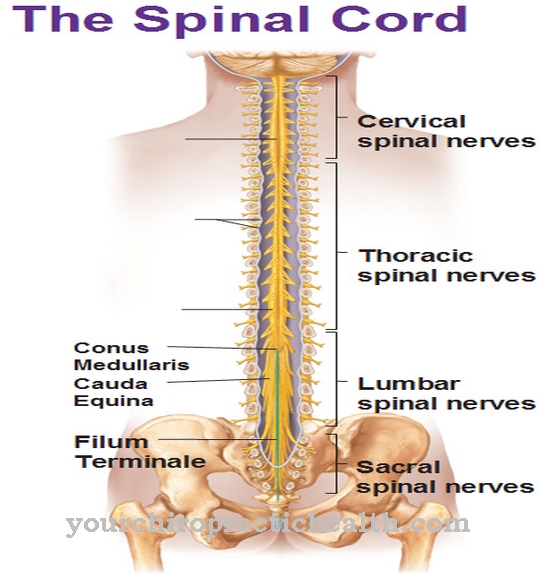
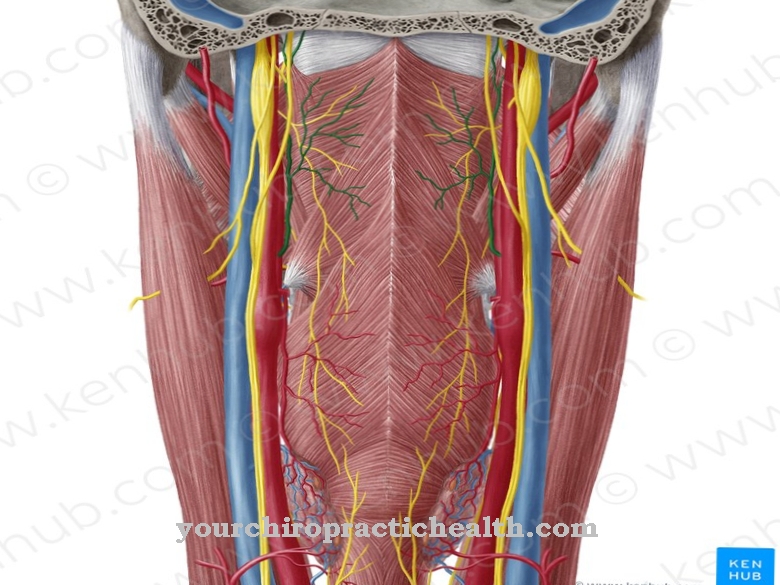
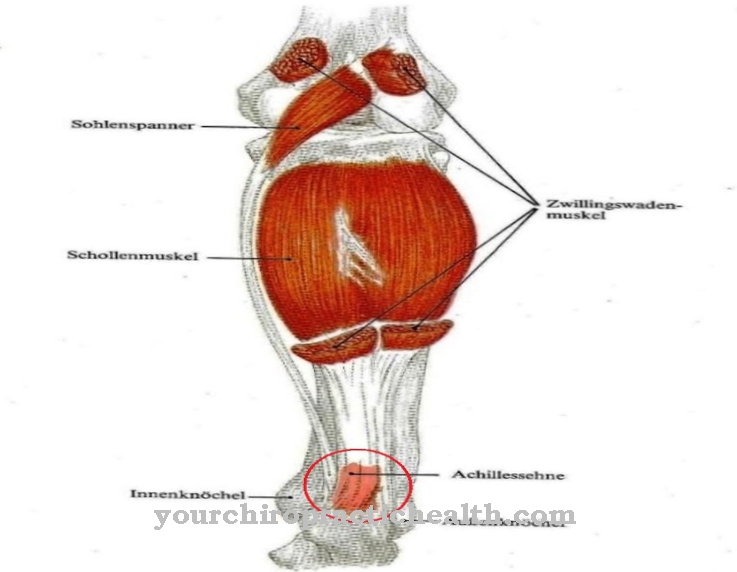
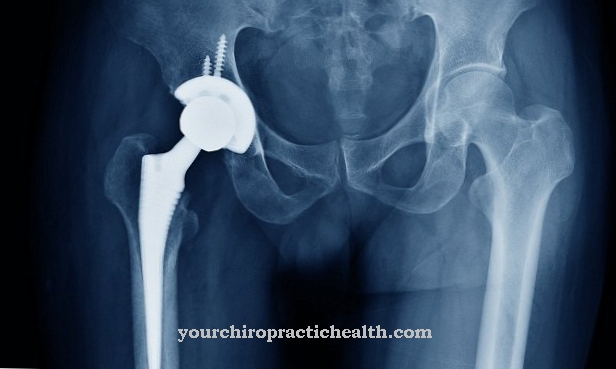
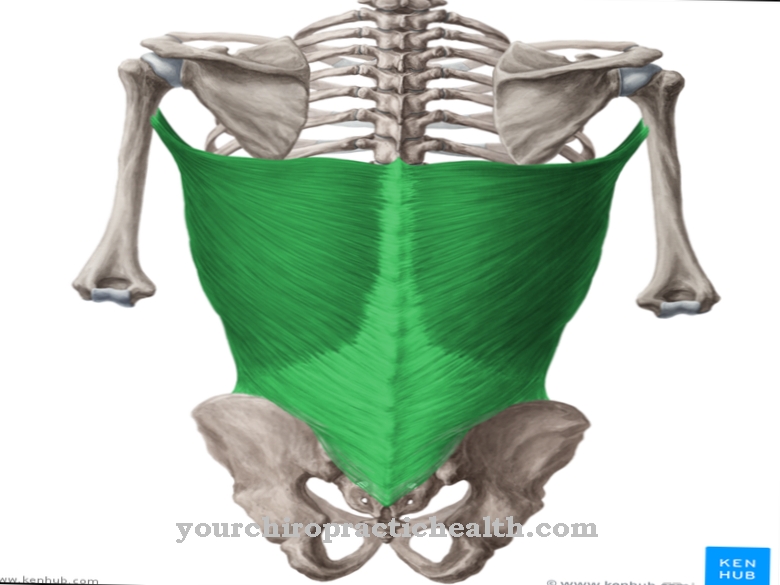
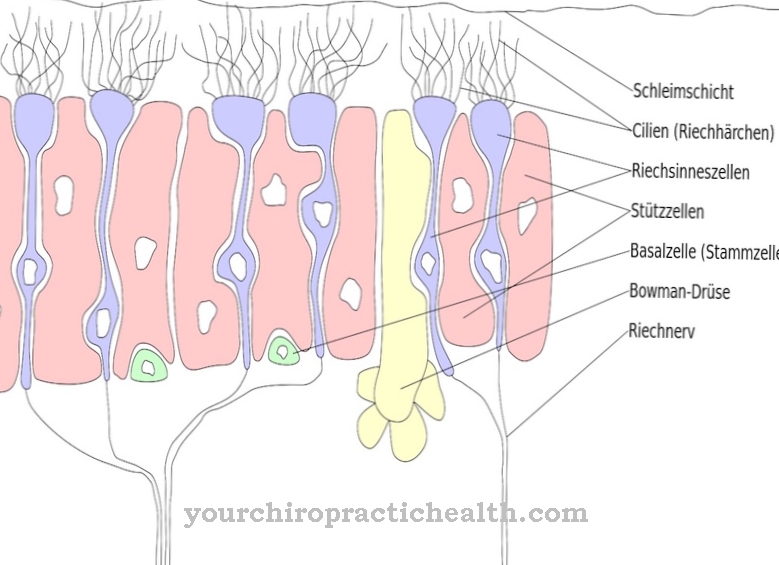

















.jpg)



